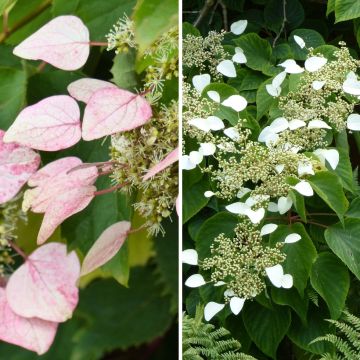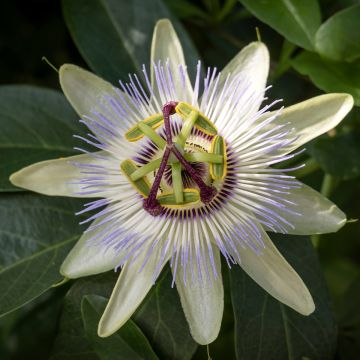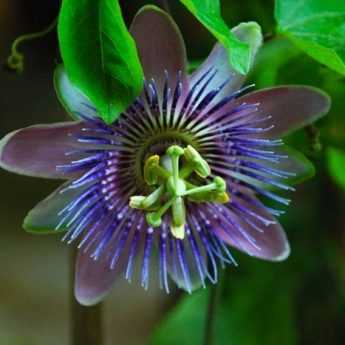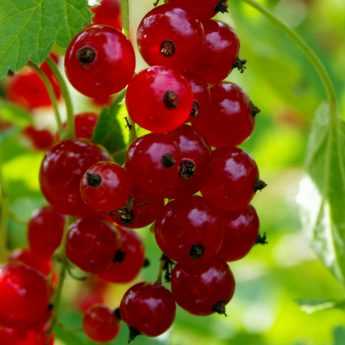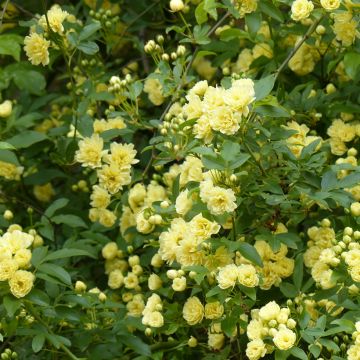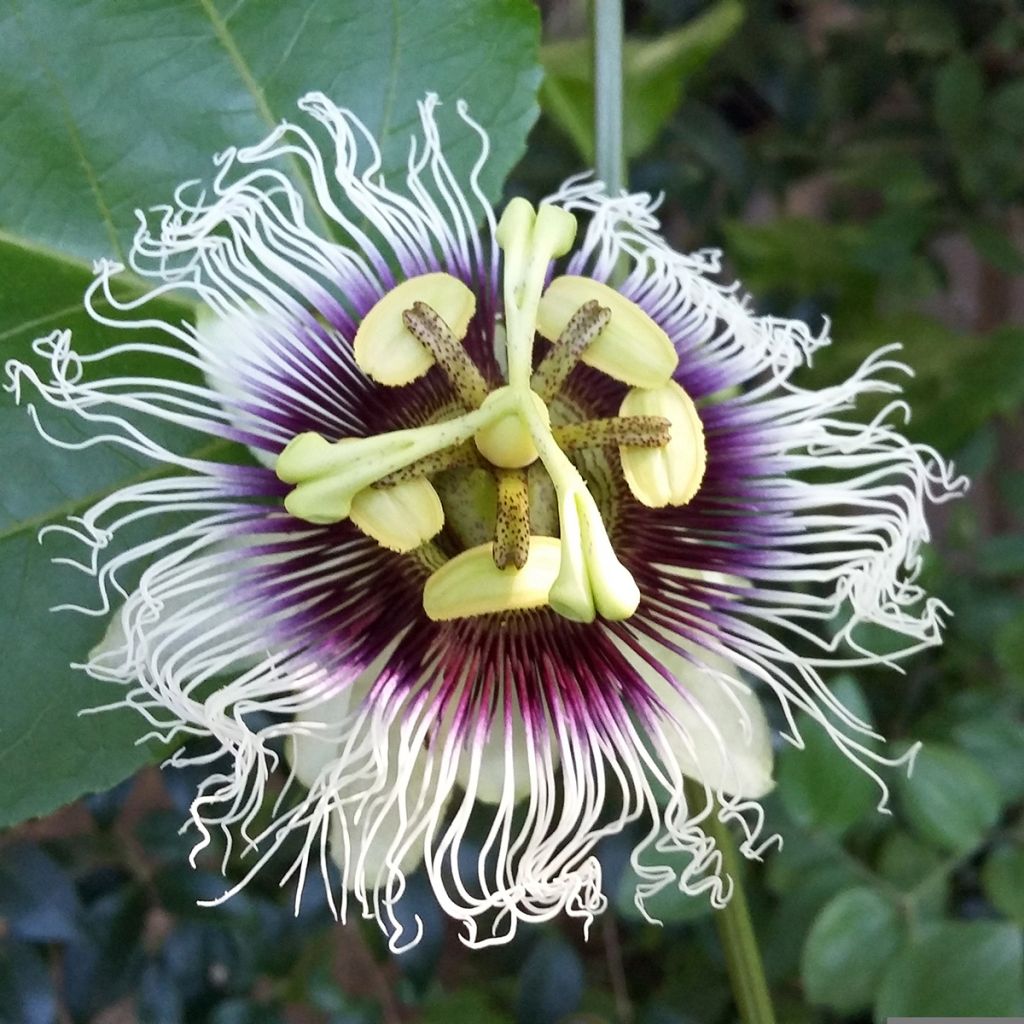

Passiflora edulis
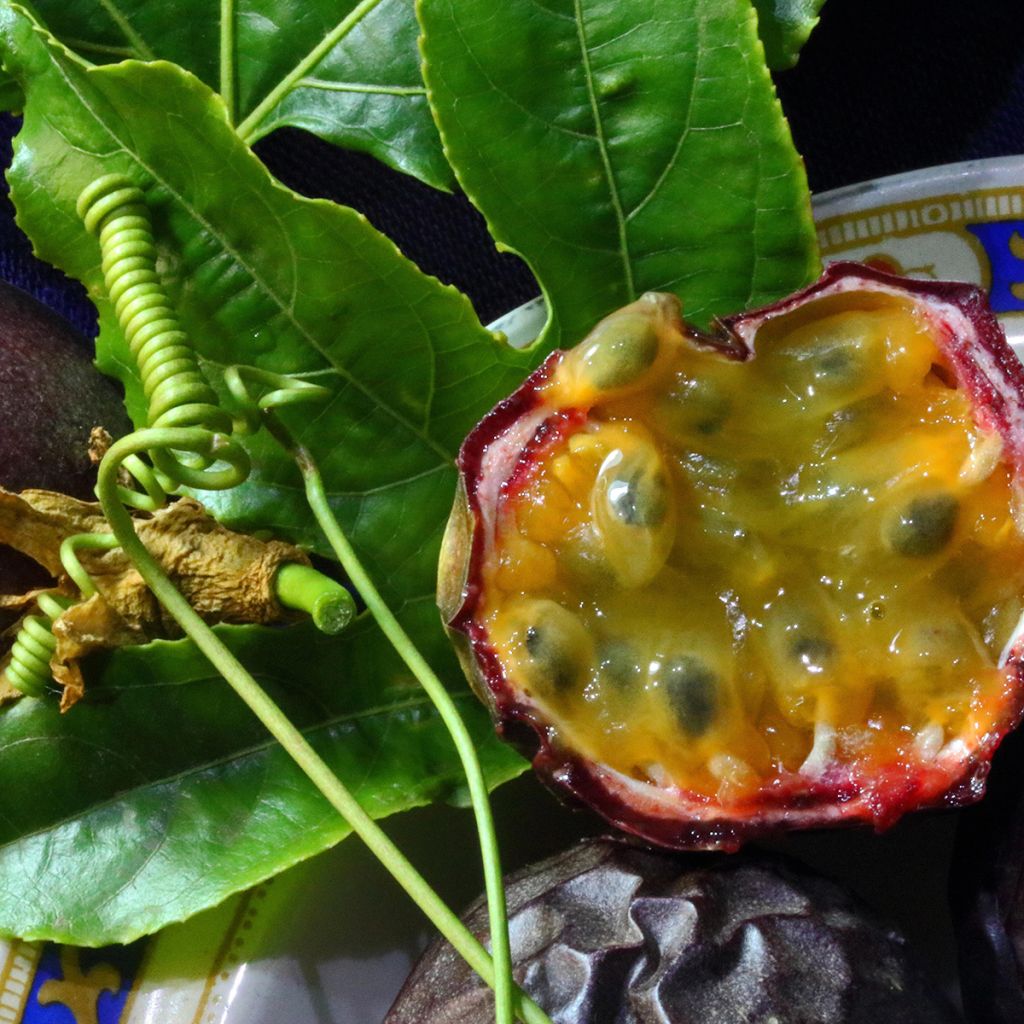

Passiflora edulis


Passiflora edulis


Passiflora edulis
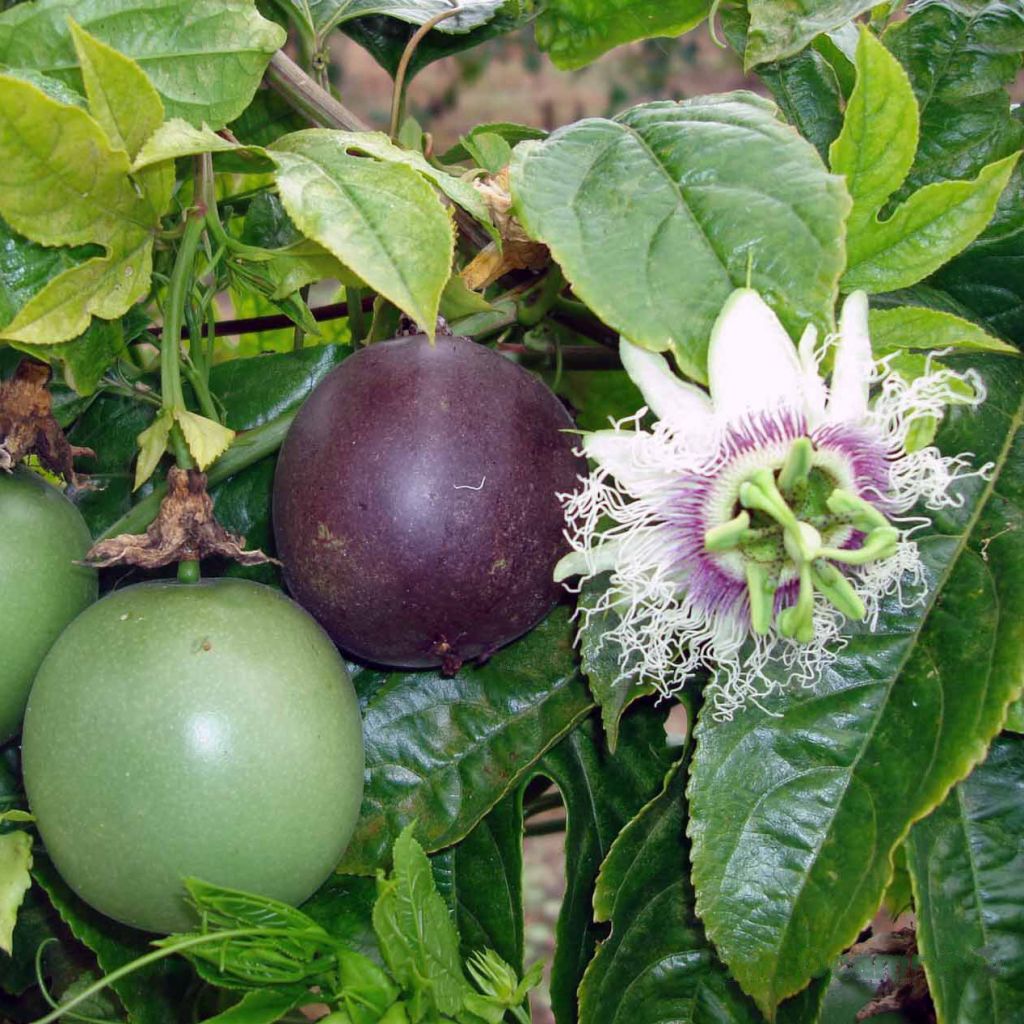

Passiflora edulis
Passiflora edulis
Passiflora edulis
Purple granadilla, Edible-fruited passion flower, Passion fruit, Purple passion fruit
This item cannot be shipped to the selected country
Delivery charge from €6.90
Oversize package delivery charge from €6.90
More information
Delivery charge from €6.90
Oversize package delivery charge from €6.90
More information
Schedule delivery date,
and select date in basket
This plant carries a 6 months recovery warranty
More information
We guarantee the quality of our plants for a full growing cycle, and will replace at our expense any plant that fails to recover under normal climatic and planting conditions.
From €7.90 for pickup delivery and €6.90 for home delivery
Express home delivery from €8.90.
Oversize package: home delivery by special carrier from €6.90 per order..
Express home delivery from €8.90.

Description
Passiflora edulis produces the famous passion fruits! This climbing semi-woody plant is grown for its ornamental appeal and for its edible fruits with gelatinous and sweet orange pulp. The fruits are rich in vitamins A and C. Sensitive to temperatures below 0°C (32°F), it is wise to grow it in a container. This botanical species produces small, scented white flowers in summer, which give way to its ovate purple fruits. This passion flower requires well-drained soil that is not too dry. It needs heat in summer to bloom, and fairly dry soil in winter to thrive. Plant in autumn for a harvest from August to October.
Mostly originating from tropical areas in South America, passion flowers belong to the large Passifloraceae family, which includes 400 species and numerous spontaneous or horticultural hybrids. Passiflora edulis is a botanical species originating from southern Brazil, Argentina, Peru, and Paraguay.
This voluble and vigorous plant attaches itself to its support using tendrils, reaching an average height of 4m (13ft) with a spread of up to 10m (33ft)! It is characterised by its semi-woody stems adorned with evergreen leaves measuring 20cm (8in) in length. The leaves bear a thick, lobed, dentate margin.
Its flowering lasts all summer. It consists of flowers measuring an average of 7cm (3in) in diameter, which constantly renew themselves on the plant. Its pleasantly fragrant solitary flowers are composed of white petals topped with a crown of white filaments, which are purple at their base. The flowers of this self-fertile variety give way to ovoid fruits measuring 4 to 6cm (2in) in length, with a sweet and slightly acidic flavour. They emit a deliciously exotic scent. They should be harvested at the end of summer, when the skin is slightly wrinkled. This is usually between August and October. The juicy and gelatinous pulp (aril) contains numerous black seeds. The fruits can be consumed raw, in juice, ice cream, mousse, fruit salads, or simply eaten as is, cut in half and enjoyed with a spoon. They are renowned for their medicinal properties: antioxidant, rich in vitamins A and C, potassium, fibre, flavonoids, etc.
It requires rich, light, well-drained, humus-rich soil that remains moist, especially in summer. It should be planted in a sunny, warm, sheltered location. It needs warmth to ensure good fruiting. Be careful, as it is frost-sensitive. We therefore recommend growing it in a pot on a patio or veranda, which can be brought indoors when temperatures drop below 5°C (41°F). Provide trellising or a pergola to help it to spread easily. Water abundantly in summer. Prune in spring by cutting the stems back to 20cm (8in) from the ground.
Passiflora edulis in pictures
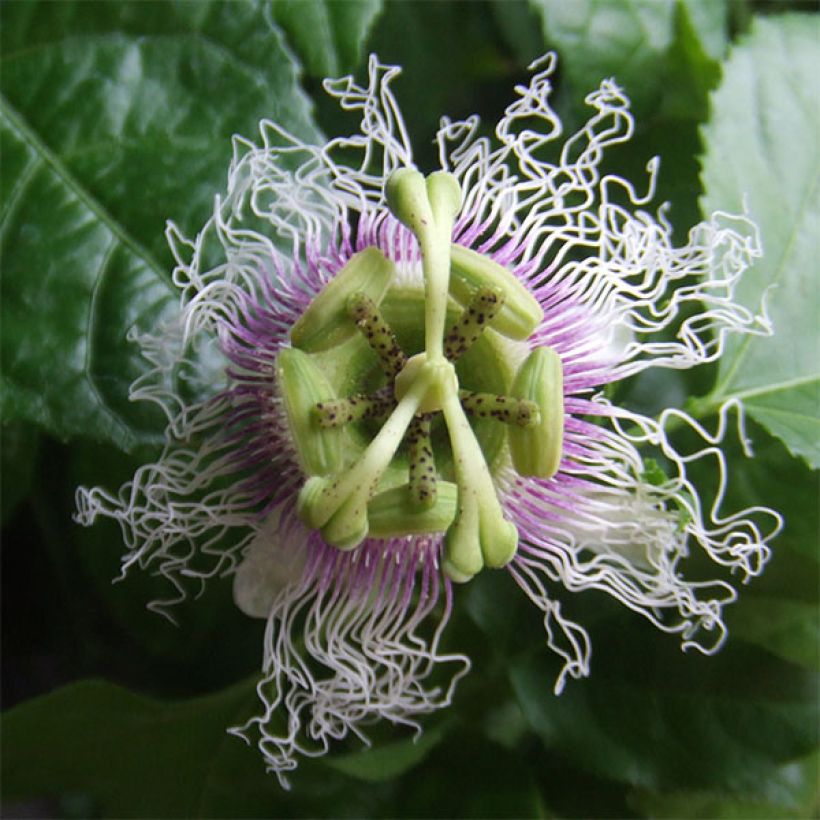

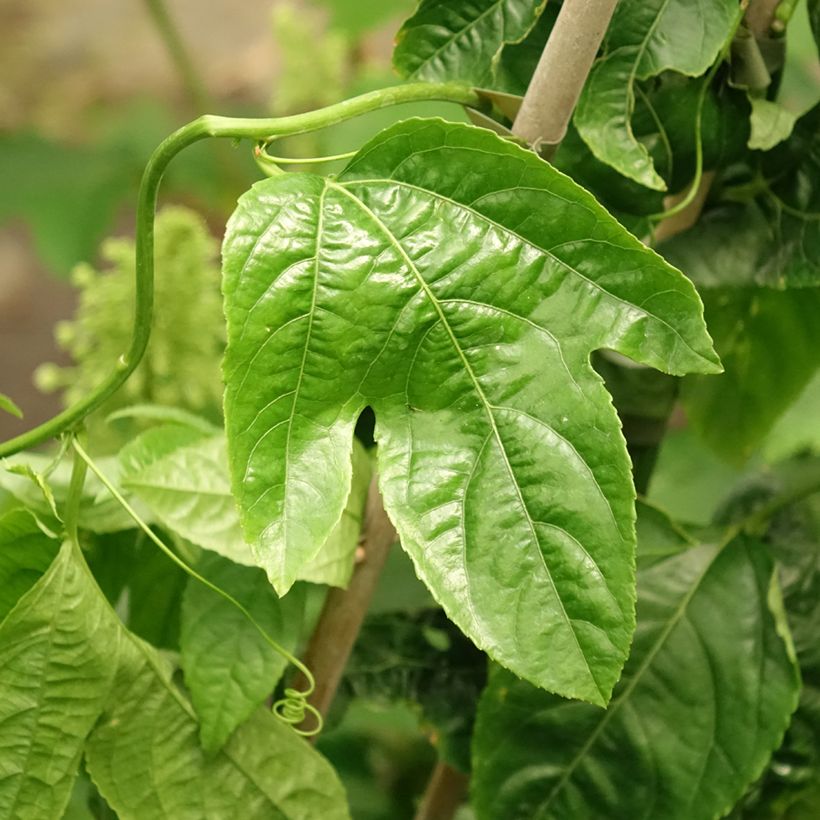



Plant habit
Fruit
Flowering
Foliage
Botanical data
Passiflora
edulis
Passifloraceae
Purple granadilla, Edible-fruited passion flower, Passion fruit, Purple passion fruit
South America
Other Passionflowers
View all →Planting and care
Plant in spring.
Choose a very sunny location and a sheltered spot. It thrives in rich, well-drained, light, and moist soil. It is frost-sensitive. It can be planted in the ground in warm climates, or potted and stored indoors during winter in cooler regions.
In the ground: dig a hole, and mix the garden soil with mature compost and potting soil. Place the root ball and cover with soil, firming it down. Water thoroughly throughout summer. Place mulch around the base to keep it cool in summer and protect it from the cold in winter.
In a pot: place a layer of gravel or clay pebbles at the bottom of the pot to improve drainage. Fill the pot with a mixture of potting soil, garden soil, and compost. Place the root ball and cover with soil. Firm it down and water generously. At the end of autumn, bring the pot indoors to a bright and frost-free location. Repot every 3 years. Water thoroughly throughout summer.
It is susceptible to certain diseases, such as cucumber mosaic virus. It can also be bothered by whiteflies, scale insects, and red spider mites.
Planting period
Intended location
Care
Planting & care advice
-
, onOrder confirmed
Reply from on Promesse de fleurs
Mediterranean climbers
Haven't found what you were looking for?
Hardiness is the lowest winter temperature a plant can endure without suffering serious damage or even dying. However, hardiness is affected by location (a sheltered area, such as a patio), protection (winter cover) and soil type (hardiness is improved by well-drained soil).

Photo Sharing Terms & Conditions
In order to encourage gardeners to interact and share their experiences, Promesse de fleurs offers various media enabling content to be uploaded onto its Site - in particular via the ‘Photo sharing’ module.
The User agrees to refrain from:
- Posting any content that is illegal, prejudicial, insulting, racist, inciteful to hatred, revisionist, contrary to public decency, that infringes on privacy or on the privacy rights of third parties, in particular the publicity rights of persons and goods, intellectual property rights, or the right to privacy.
- Submitting content on behalf of a third party;
- Impersonate the identity of a third party and/or publish any personal information about a third party;
In general, the User undertakes to refrain from any unethical behaviour.
All Content (in particular text, comments, files, images, photos, videos, creative works, etc.), which may be subject to property or intellectual property rights, image or other private rights, shall remain the property of the User, subject to the limited rights granted by the terms of the licence granted by Promesse de fleurs as stated below. Users are at liberty to publish or not to publish such Content on the Site, notably via the ‘Photo Sharing’ facility, and accept that this Content shall be made public and freely accessible, notably on the Internet.
Users further acknowledge, undertake to have ,and guarantee that they hold all necessary rights and permissions to publish such material on the Site, in particular with regard to the legislation in force pertaining to any privacy, property, intellectual property, image, or contractual rights, or rights of any other nature. By publishing such Content on the Site, Users acknowledge accepting full liability as publishers of the Content within the meaning of the law, and grant Promesse de fleurs, free of charge, an inclusive, worldwide licence for the said Content for the entire duration of its publication, including all reproduction, representation, up/downloading, displaying, performing, transmission, and storage rights.
Users also grant permission for their name to be linked to the Content and accept that this link may not always be made available.
By engaging in posting material, Users consent to their Content becoming automatically accessible on the Internet, in particular on other sites and/or blogs and/or web pages of the Promesse de fleurs site, including in particular social pages and the Promesse de fleurs catalogue.
Users may secure the removal of entrusted content free of charge by issuing a simple request via our contact form.


































